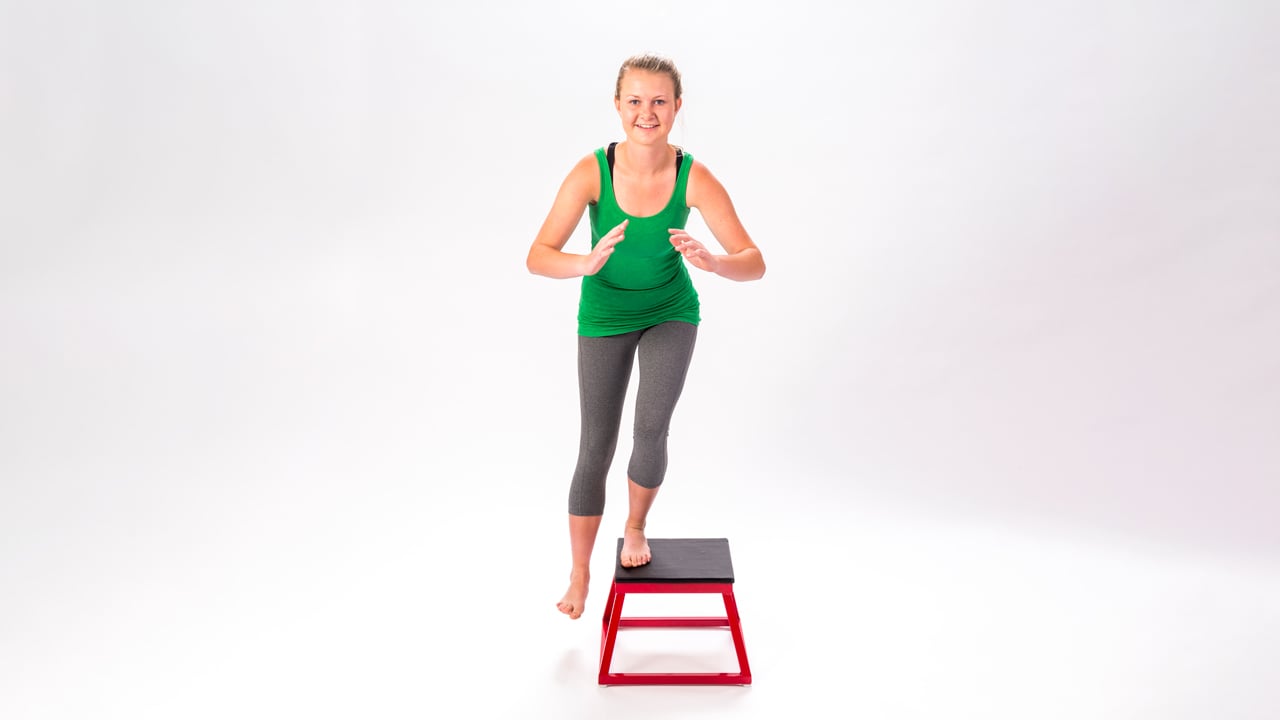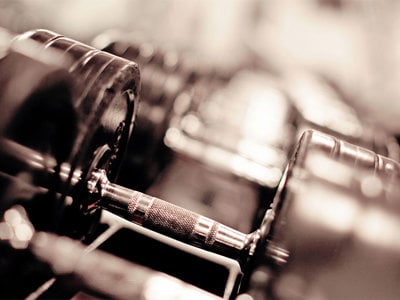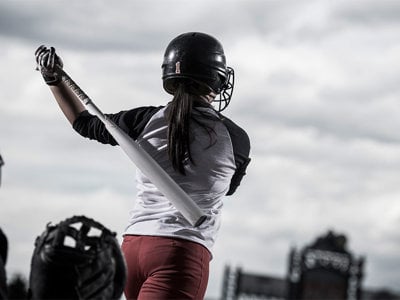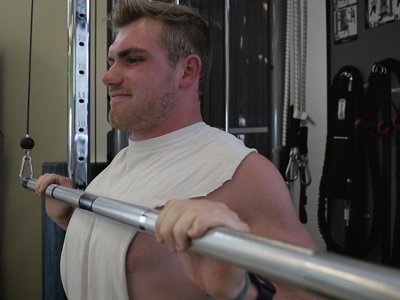- Doctors & Departments
-
Conditions & Advice
- Overview
- Conditions and Symptoms
- Symptom Checker
- Parent Resources
- The Connection Journey
- Calm A Crying Baby
- Sports Articles
- Dosage Tables
- Baby Guide
-
Your Visit
- Overview
- Prepare for Your Visit
- Your Overnight Stay
- Send a Cheer Card
- Family and Patient Resources
- Patient Cost Estimate
- Insurance and Financial Resources
- Online Bill Pay
- Medical Records
- Policies and Procedures
- We Ask Because We Care
Click to find the locations nearest youFind locations by region
See all locations -
Community
- Overview
- Addressing the Youth Mental Health Crisis
- Calendar of Events
- Child Health Advocacy
- Community Health
- Community Partners
- Corporate Relations
- Global Health
- Patient Advocacy
- Patient Stories
- Pediatric Affiliations
- Support Children’s Colorado
- Specialty Outreach Clinics
Your Support Matters
Upcoming Events
Mental Health Town Hall
Tuesday, April 23, 2024Join Children’s Hospital Colorado pediatric experts for a virtual...
-
Research & Innovation
- Overview
- Clinical Trials
- Q: Pediatric Health Advances
- Discoveries and Milestones
- Training and Internships
- Academic Affiliation
- Investigator Resources
- Funding Opportunities
- Center For Innovation
- Support Our Research
- Research Areas

It starts with a Q:
For the latest cutting-edge research, innovative collaborations and remarkable discoveries in child health, read stories from across all our areas of study in Q: Advances and Answers in Pediatric Health.


Performance Enhancement in Youth Sports

When we hear the term ‘performance enhancement,’ our minds often jump to performance-enhancing drugs. And it’s not hard to figure out why. Many of us were introduced to the term through news articles about our favorite athletes who got caught using substances they shouldn’t be.
But there’s so much more to performance enhancement than the drugs, it’s just extremely difficult to find any information about it unless you talk to a professional like Gregory Walker, MD, a pediatric primary care sports medicine physician with the Sports Medicine Center at Children’s Hospital Colorado.
Dr. Walker selects a hot topic in the world of sports medicine as an example: ACL injuries. Specifically, how non-contact ACL injuries have been linked to poor neuromuscular control.
The term ‘neuromuscular’ relates to how nerves and muscles interact. When we want to move, our brain sends signals along our nerves. When those signals reach our muscles, we can make the movements. All of this, of course, happens at lightning speed.
Essentially, athletes who have poor neuromuscular control are at higher risk for ACL injury. But there’s a fix for that, says Dr. Walker. And working to improve an athlete’s sports performance is the key.
Performance enhancement and ACL injury
A non-contact ACL injury study conducted at Cincinnati Children’s Hospital Medical Center in Cincinnati, Ohio, serves as a great model, says Dr. Walker. Researchers chose young female athletes as the study subjects, because according to data, that group is at higher risk of suffering an ACL injury.
Researchers were looking to determine the effects of neuromuscular training on injury risk predictors and performance. In other words, they wanted to see if reteaching proper movement techniques would enhance the athletes’ performance. And if that was the case, they hypothesized that it would lower the risk of injury.
The female athletes were asked to participate in sports performance training, including plyometrics, core strengthening and balance, resistance training and speed training. By the end of the study, the athletes had improved their performance in every category, and 3D motion analysis showed an increased range of motion (which is good) when bending and straightening the knee. Additionally, the training program helped decrease the amount of twisting force being generated on the knee by the athletes’ movements, effectively reducing the risk of ACL injury.
“When we have really good neuromuscular skill patterns, we’re actually going to train better,” says Dr. Walker. “And all of that training we do will transform into better performance. Interestingly, the study found that as performance increased, the risk for injury decreased.”
Performance enhancement at Children’s Colorado
So if improving performance can produce such incredible results, why isn’t the medical community talking more about it?
“In the pediatric realm, our job is to keep kids safe, healthy and injury free,” says Dr. Walker. “The medical community, specifically sports medicine, has been primarily interested in injury prevention, which is extremely important. However, as we begin to learn more about the links between injury prevention and performance, I hope we can start to discuss performance more.”
That’s because kids are likely to be more enthusiastic about injury prevention when it’s linked with ways to improve their performance.
“Kids want to hear, ‘Hey, if you do this, you’re going to play better,’” says Dr. Walker. “It automatically becomes more engaging for them.”
This is why the Sports Medicine Center at Children’s Colorado is working to incorporate performance enhancement into its injury risk reduction program at the hospital and out in the community. Dr. Walker says it’s in the early planning stages right now.
“We know there are ways to improve neuromuscular skill patterns and body movements,” he says. “I see these two things as the big buckets kids can work on, and we can help by teaching them things like the proper way to lift and squat, and good running form.”
Incorporating these techniques early could help more young athletes reach their goals without having to endure injury along the way.



 720-777-0123
720-777-0123






